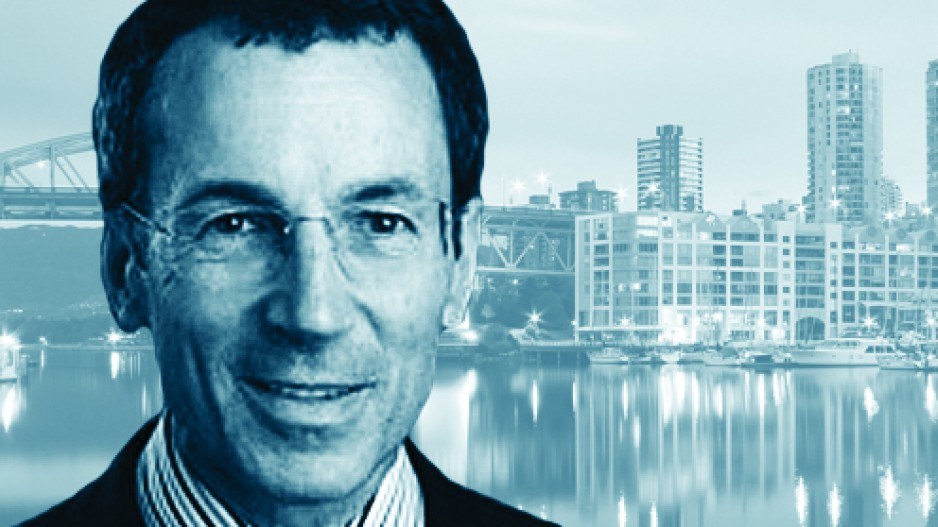Earlier this month, General Motors (GM) invested half a billion dollars in Lyft, a ride-sharing company. In explaining his investment in driverless taxis, GM president Dan Ammann said, “… business and personal mobility will change more in the next five years than the last 50.”
With that zinger ringing in my ears, I decided to visit masseytunnel.ca to meet the January 28 deadline for the B.C. government’s latest offer to hear my input on the $3.5 billion Massey Tunnel replacement.
It turns out I’m a little late to the input table, with initial discussions having started in 2012. Still, I can’t resist sharing a few thoughts on a project that will be finished after the next five years are up.
The project website starts with the ominous warning that “if this crossing remains unchanged, then by 2045, peak-period queues will be three to five times longer than they are today. There will be more than a threefold increase in travel delays and a rush ‘hour’ lasting at least four to six hours.” Shoot me now.
So here’s the thinking: traffic will grow in direct relation to population growth; people will continue to drive one-to-a-car; shared and self-driving cars are not a factor; building more capacity will solve congestion, and tolls won’t dent demand.
All of those statements are wrong.
Traffic will grow in direct relation to population growth? The number of miles driven in North America peaked in 2007, dipped, flat-lined, and only last year started to get back to previous highs. Meanwhile, denser development, better transit, regional “car-war” plans, younger people delaying getting driving licences, online goods delivery, higher consumer debt loads, car-sharing, higher parking prices, telecommuting, carbon pricing and awareness of unsustainable car-driven health care costs are all pushing to reduce driving. All those trends, in spite of jumping car sales and cheaper gas (for now), are on the upswing.
At the Port Mann crossing, traffic volumes have been declining every year since 2005 – even before tolls. Yet during every one of those years, even now, the Ministry of Transportation planners predicted a turnaround.
People will continue to drive one-to-a-car? Tell that to the presidents of GM, Daimler, Avis, Uber, BCAA and the other companies investing billions in shared cars and high-tech car-pooling. People typically drive less when they don’t have their own car polished and waiting in the garage.
Self-driving cars won’t matter? Before Christmas, a Tesla, using software downloaded via Wi-Fi the night before, drove four kilometres on the Upper Levels Highway without the driver touching a pedal or the steering wheel. We have had driverless trains here for decades. Driverless buses will be next, then cars – maybe inside the five years the GM president was talking about. Those cars will travel closer together, use less highway space and have dramatically fewer congestion-inducing accidents.
Adding a 10-lane bridge will solve congestion? The Alex Fraser Bridge gave us a 25-year reprieve, but now it’s full. New capacity has never eliminated congestion long-term. But, with driving likely to keep declining for all the reasons mentioned above, for the first time in history, six new lanes could reduce congestion forever. However, it will be for completely opposite reasons than the ones in the business case for the new Massey Bridge.
Tolls won’t dent demand? The Port Mann Bridge was supposed to be reaping $200 million in annual toll revenues by now. It was projected to break even by 2017, the same year construction will start on the new Massey bridge. Yet revenue in the latest fiscal year was $120 million, with $100-million-plus annual losses projected to keep growing through 2017, with no end in sight.
So we now know, thanks to this data, that we can reduce car trips simply by adding a toll where we don’t have one now. Like on the existing tunnel.
This misguided megaproject needs to be traded in for a 21st-century model.
Peter Ladner ([email protected]) is a co-founder of Business in Vancouver. He is a former Vancouver city councillor and former fellow at the SFU Centre for Dialogue. He is the author of The Urban Food Revolution.




